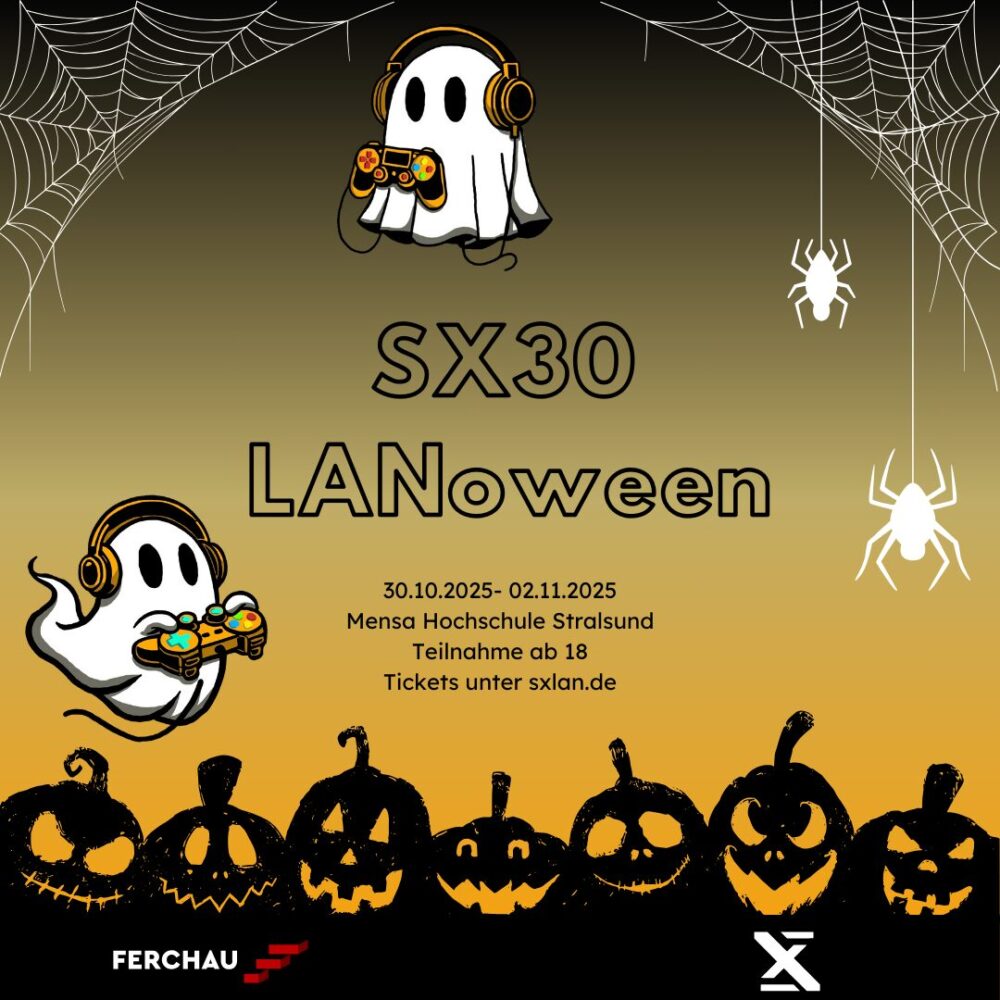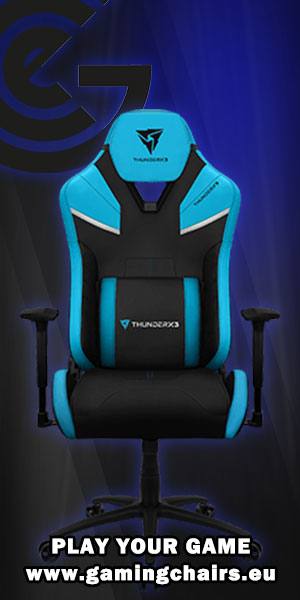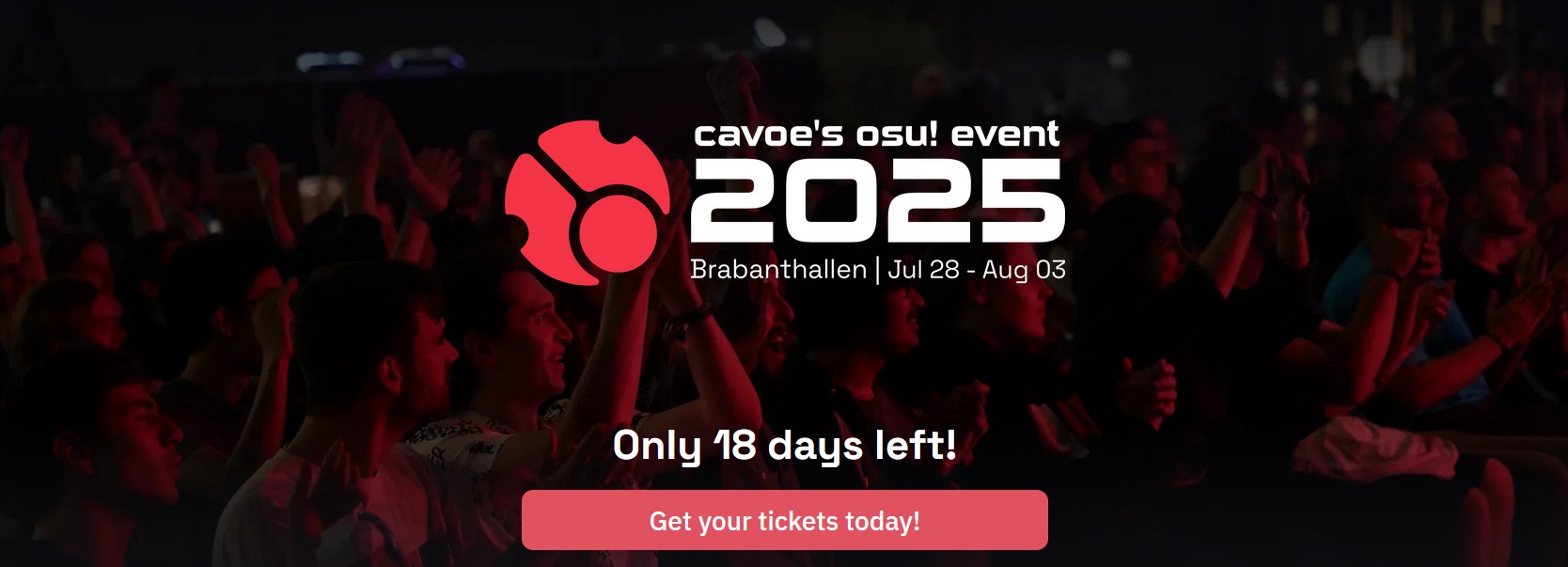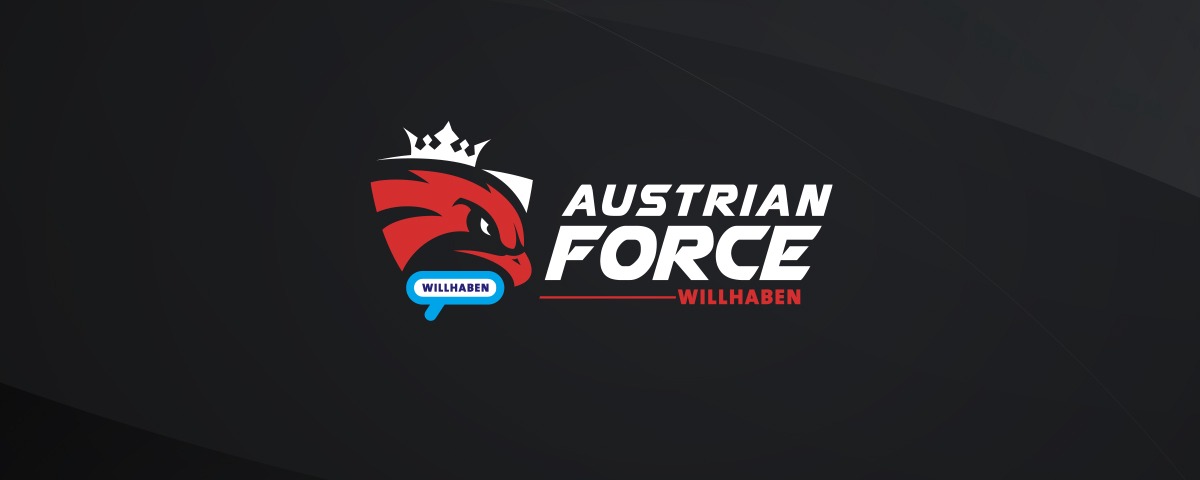8. Power
Estimating power draw
A good rule of thumb for power draw is that every computer and its monitor will draw about 4 amps (4A for short). We can use this to plan out who will be plugged in where at your house or venue, and whether or not you will need an external source of power (a small generator, a larger (rented) generator, a cable to your neighbour’s place, etc.).
Houses are wired up so that multiple outlets, be they lights, plugs, or anything else, are on one electrical circuit, which has a maximum load (in amps). In other words, those outlets are all wired up together, and affect each other.
Typically, every circuit in your house has a maximum draw of 15 or 20 amps, to keep requirements of the wiring and outlets safe and inexpensive. Usually circuits with many outlets will be 20 amps, but you can go to the breaker panel, find your circuit, and check the amperage.
Keeping in mind that each computer/monitor will be drawing about 4 amps (but can be higher!), we can say that it’s safe to put three (no more than four) computers and their monitors on a 16 amp circuit, and four (no more than five) on a 20 amp circuit. If you have larger circuits, it’s safe to add 1 computer/monitor for every 4 amps, more or less.
While all this is a good generalisation, and a good starting point for planning your party, it’s worth considering that there are plenty of computers, even decent gaming rigs, that won’t be pulling 4 amps. Serious gaming rigs can also pull upwards of 5 or 6 amps.
Judge your attendees or ask them when they subscribe! If you are doing a small enough party that you know everyone who will be attending, you can guess or ask what sort of computer they will be bringing. If you find out that almost everyone is bringing a laptop or mid-range PC, it’s within reason to knock down your estimated per-computer draw to 2 amps (and thereby double the number of computers you can have per circuit).
In any case, be prepared to whip out and extra extension cable or power strip if you find that you judged wrong, and make sure your building can accommodate as though all the event participants will be pulling 4 amps. Hooking up power with an estimated 2 amps per person is solely for convenience (and less extension cords), and should not be planned around completely.
Power Planning
Having determined how much current you will pull, how many circuits that corresponds to in your building, and where those circuits are physically located, it’s time to plan out how you’re going to get the power where it needs to go.
You will want to plan upfront what circuits you are going to use and know how many power strips/extension cords you will need. Usually participants must bring their own power strip.
For a small LAN (2-10 people)
- You can use house power.
- A few extension cords in order to move power from one area to another to avoid tripping a circuit
- Some power strips to plug in all the computers and networking hardware
For a medium LAN (10-30 people)
- You will want to carefully consider the power requirements for your event and consider hosting it somewhere besides your house
- A few extension cords to cover the distance from the power sockets to the tables
- You will need to carefully plan out your cabling in order to avoid over taxing your circuits
If you are hosting at a small venue, be sure to contact them to check how much power they have available. If they don’t have enough power available you might need to rent a generator (see below) or lookout for another venue with more power. Even if that other venue is more expensive, it could be cheaper than renting a generator!
For a large LAN (>30 people)
Power is crucial! Many venues will not be able to provide adequate power for more than 100 people! Talk to the people in charge of the facility to plan out your power usage.
Making a map of the power strip locations and extension cord locations can be very helpful for making sure that you have enough equipment. Asking participants to bring their own power strip, and enforcing power drawing limits are a MUST!
Using a Generator
When renting a generator there are several things to consider:
- Location: where will you put the generator ?
- Distance: the generator needs to be as close to the event as possible
- Capacity: does the generator have the capacity to power the number of people?
- Distribution: you will need special equipment to connect the generator to the computers along with high capacity cabling. Make sure to consult with a knowledgeable person before renting or using one.
- Noise: generators can be very loud
- Emissions: generators produce CO² emissions!
- Fuel: make sure to have enough fuel





